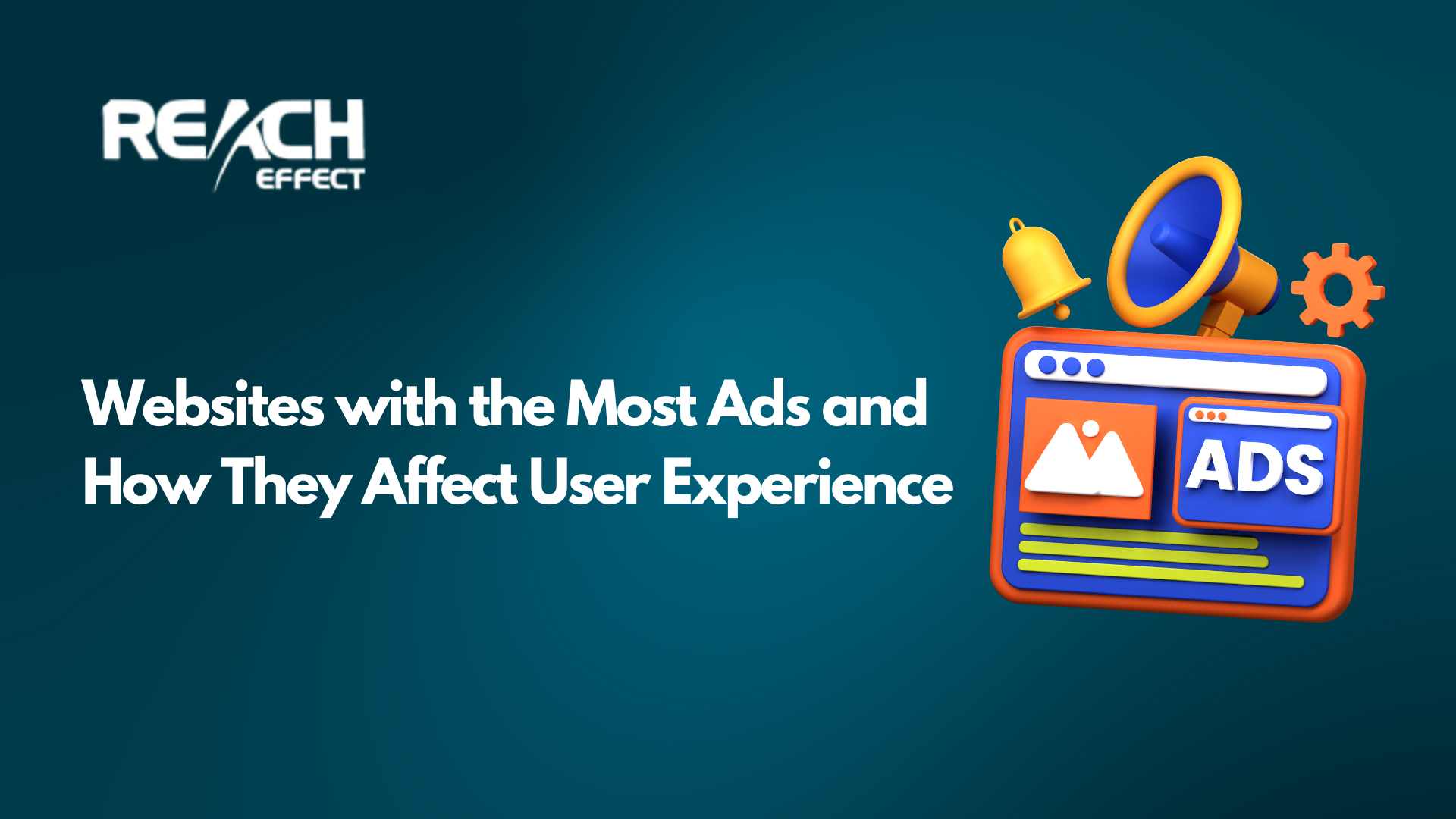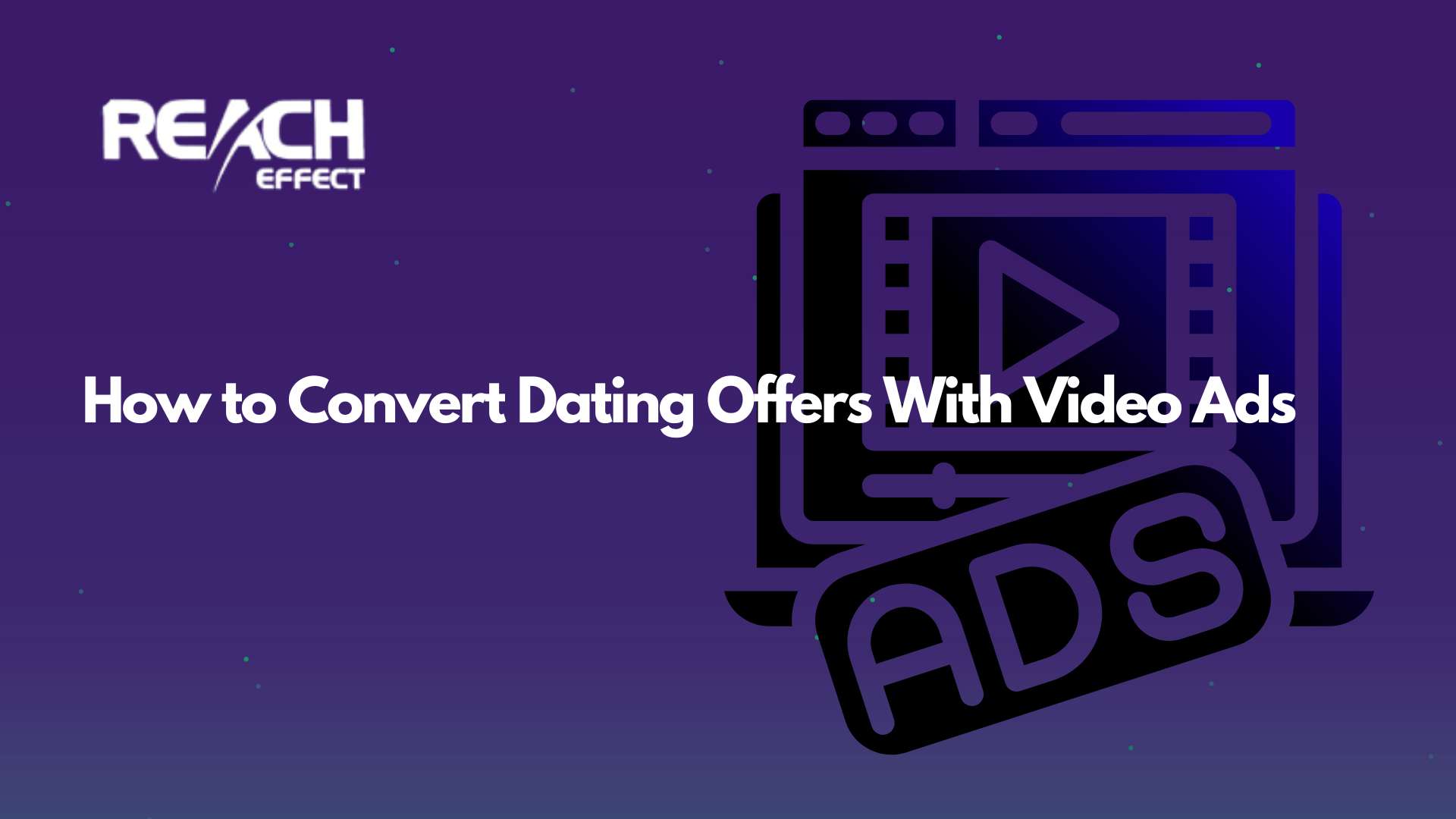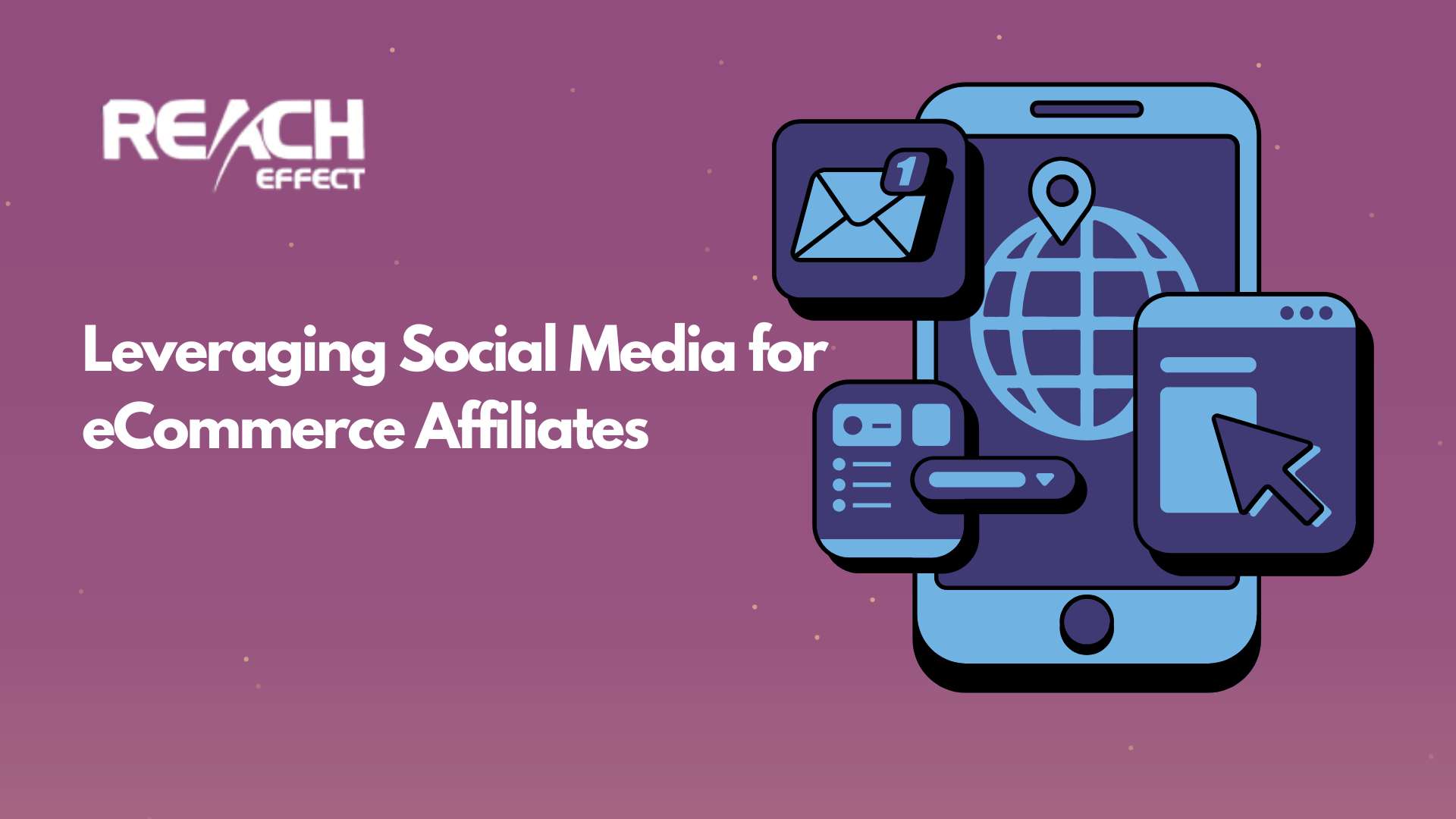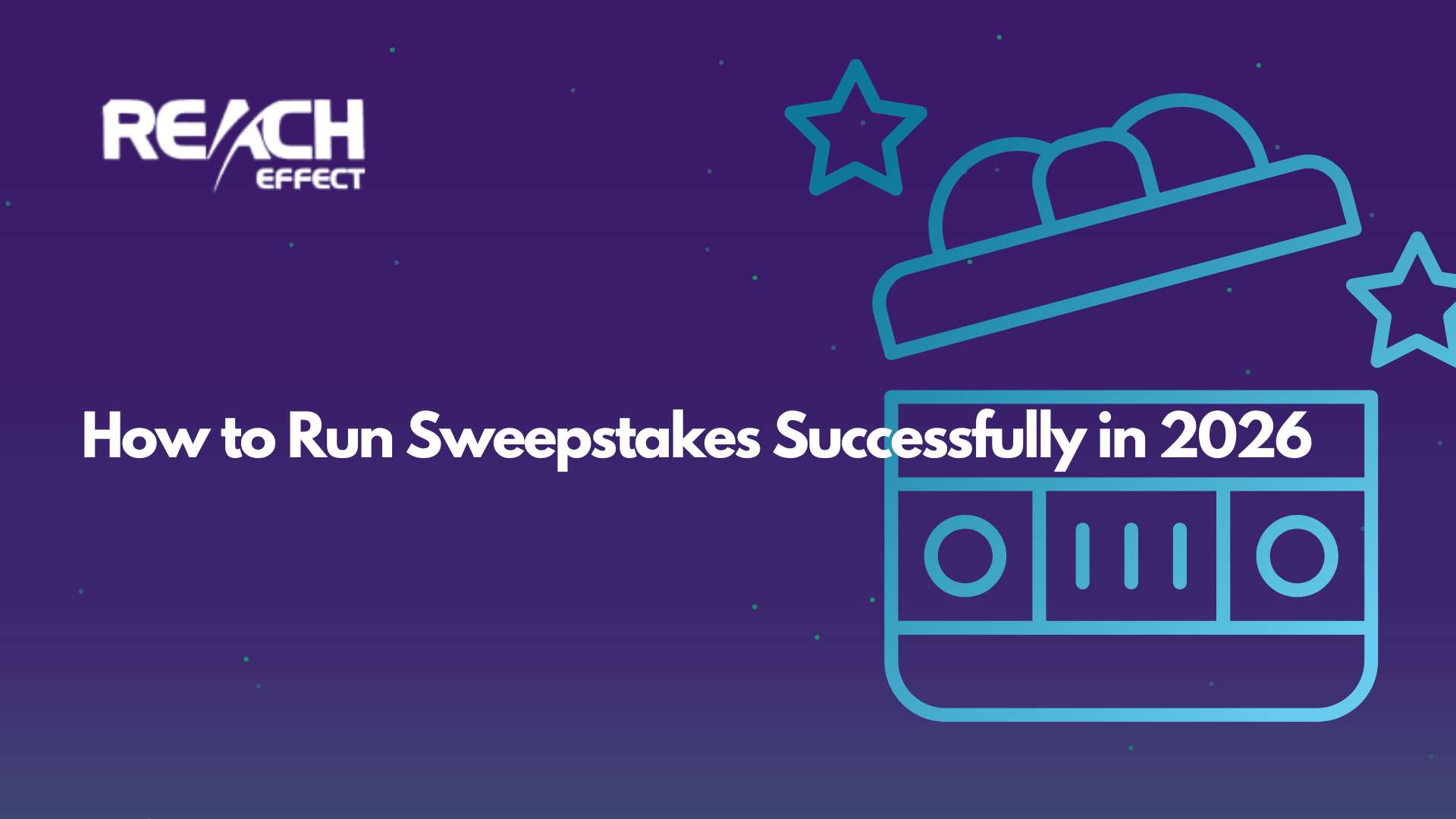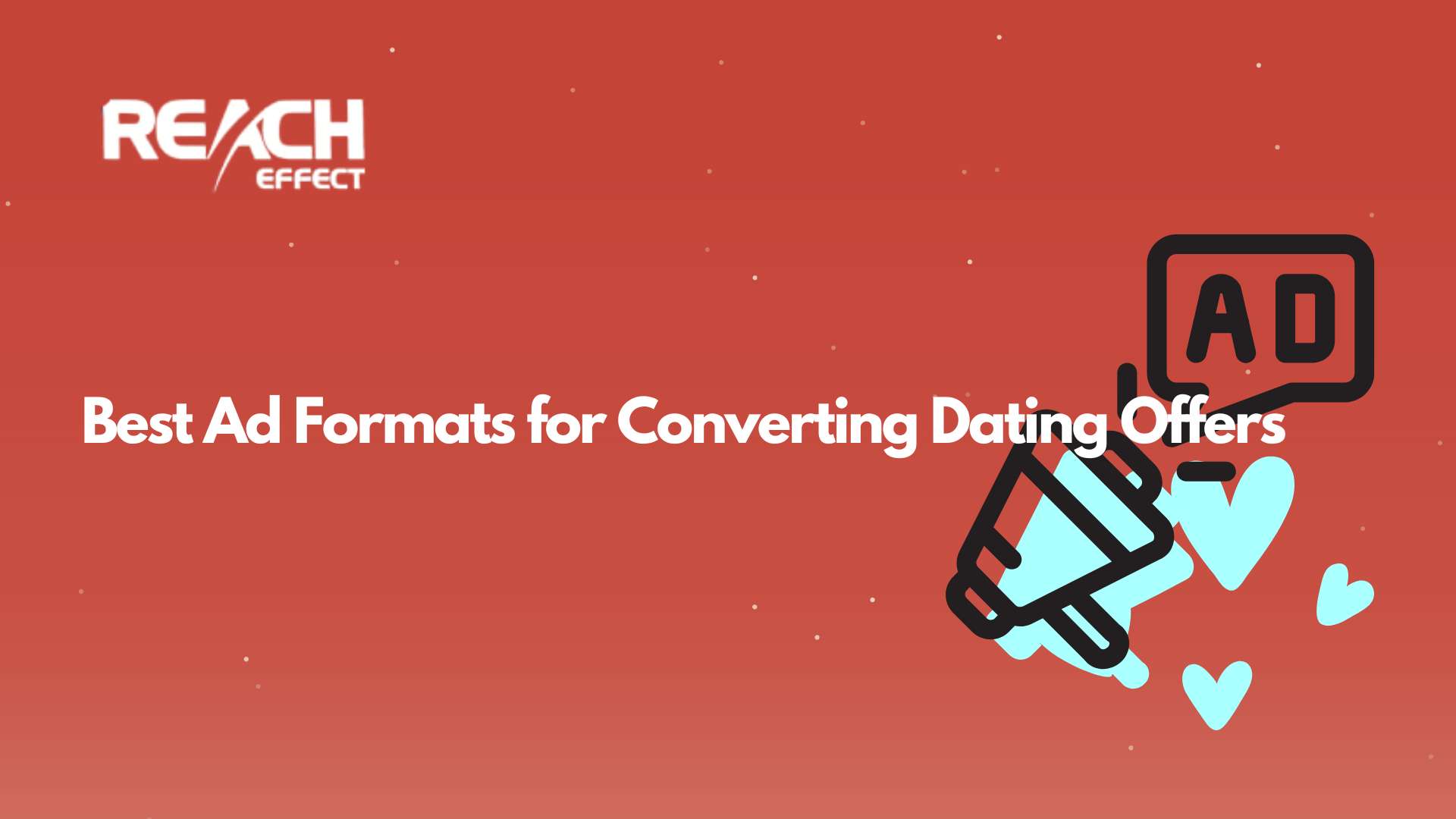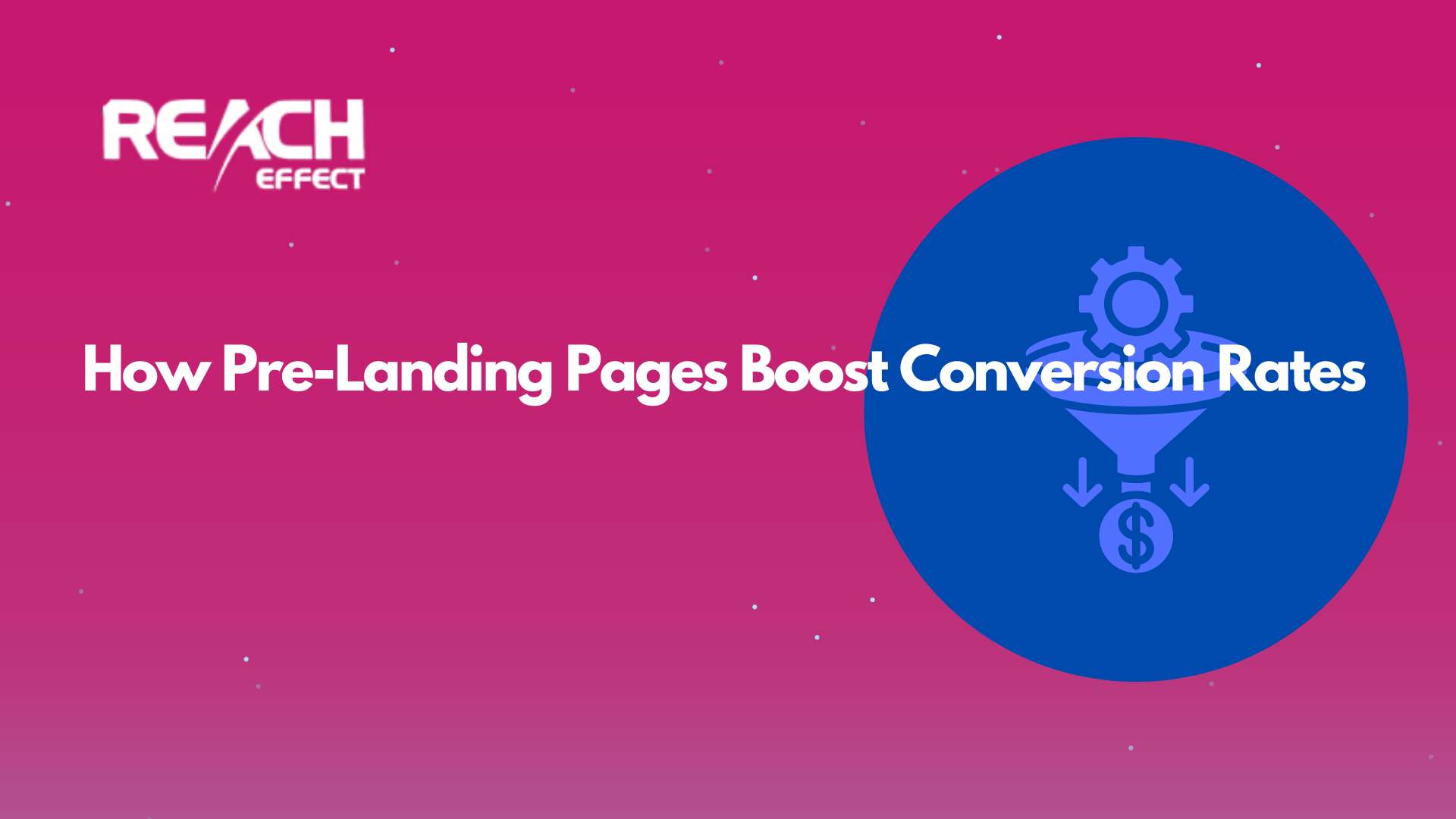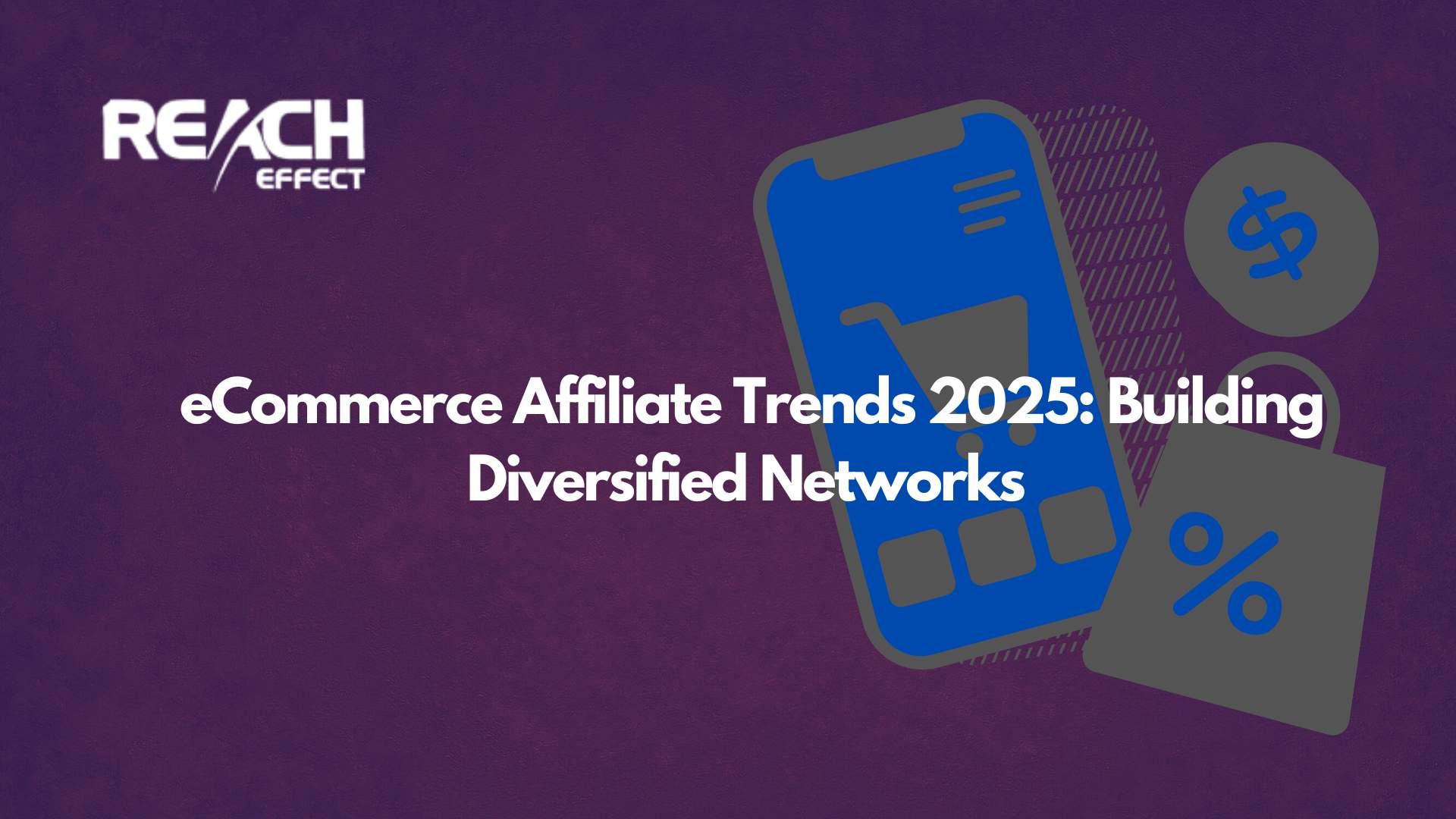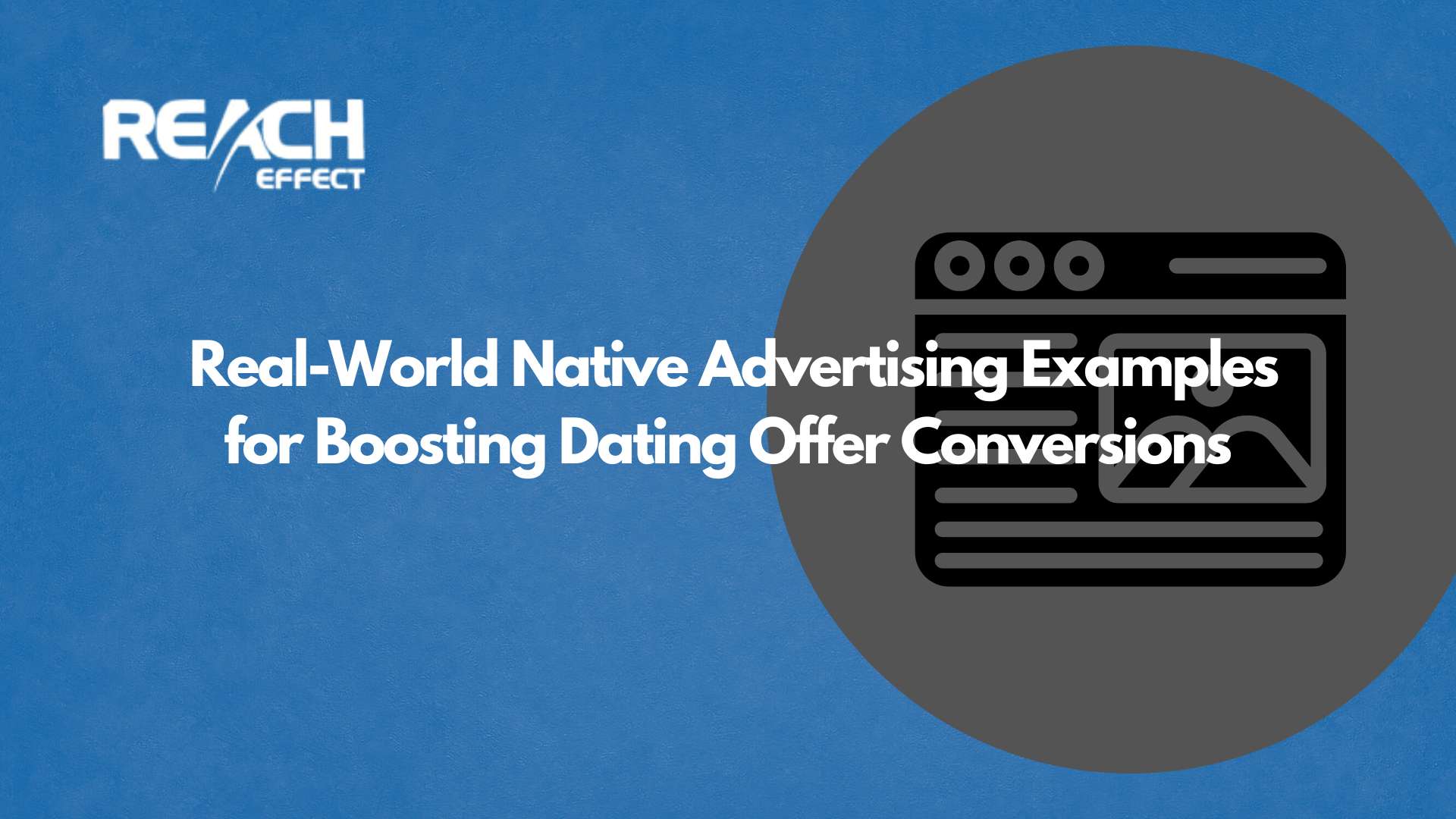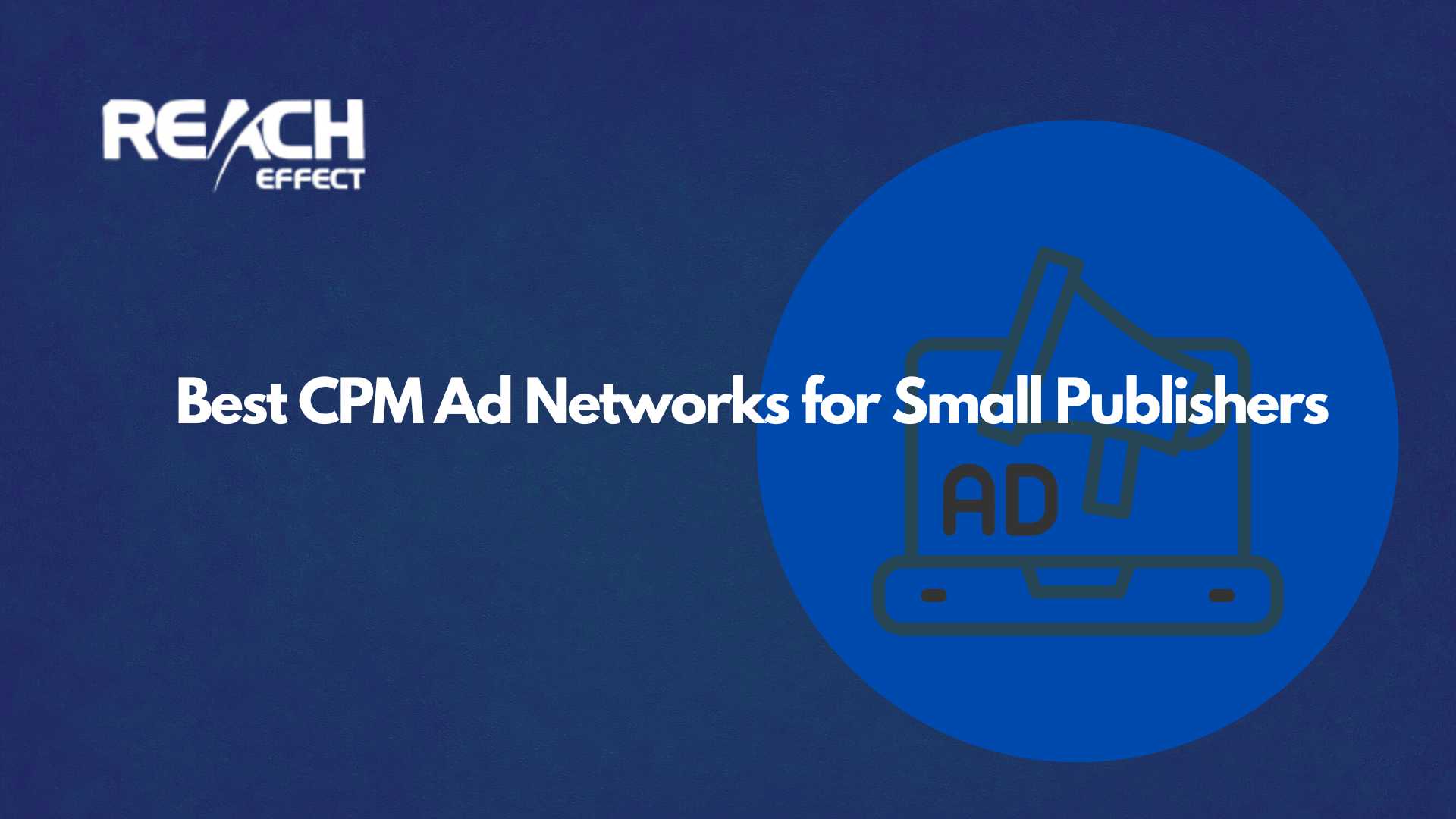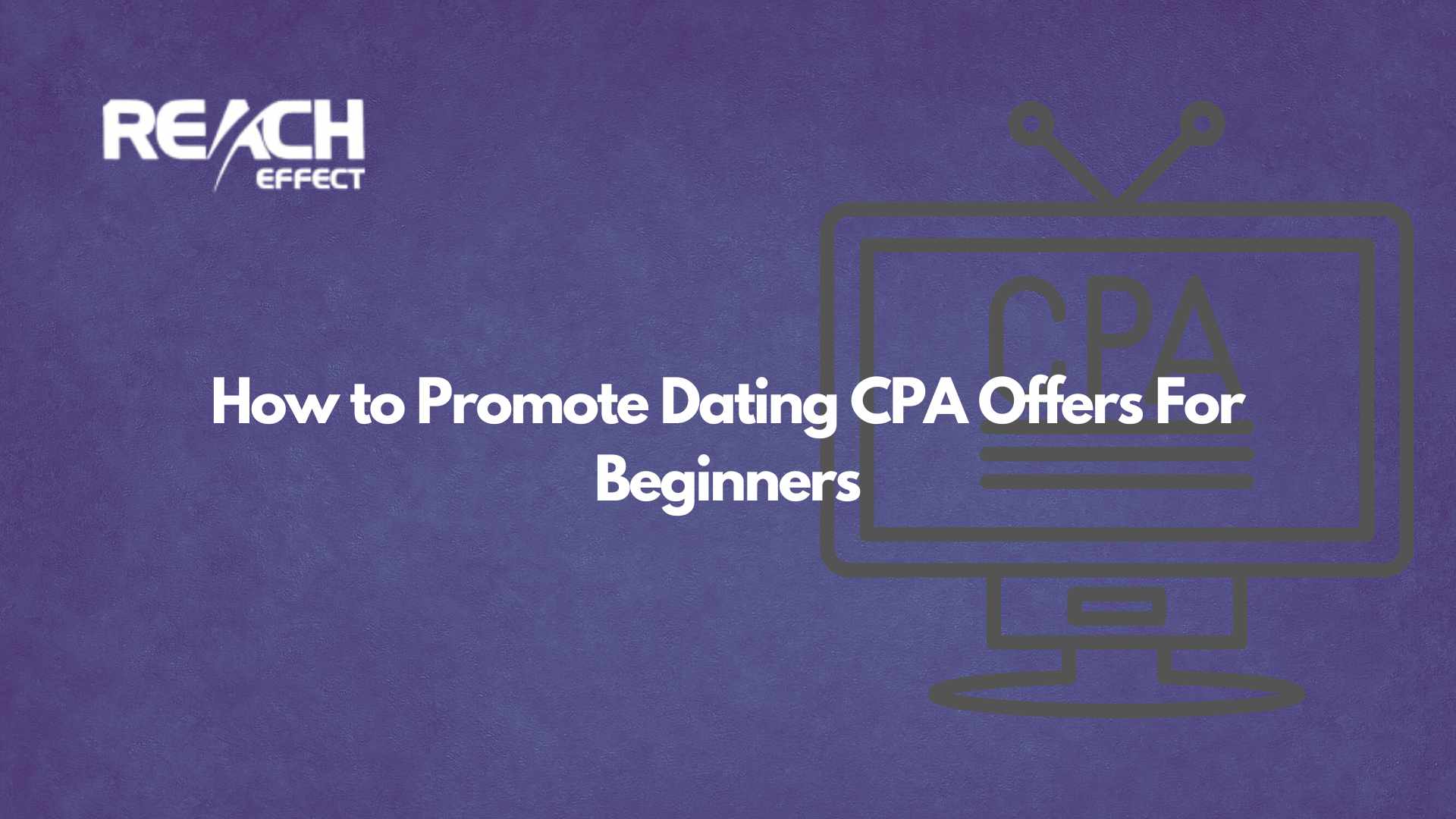The internet has become a battleground between content creators seeking revenue and users craving clean, fast experiences. When you visit an ad filled site, you instantly notice the difference in loading times, navigation difficulty, and overall frustration levels.
Thank you for reading this post, don't forget to subscribe!Understanding which websites have the most ads and how they impact user experience helps both publishers and visitors make better decisions about online interactions and monetization strategies.
What Makes a Website Ad-Heavy?
Ad density refers to the ratio of advertising content to actual useful content on a webpage. Some sites push this balance to extremes, creating environments where advertisements dominate the user experience.
Common Characteristics of Ad-Heavy Sites
Visual Overwhelm
- Multiple banner ads above and below content
- Sidebar advertisements competing for attention
- Pop-up windows interrupting reading flow
- Auto-playing video ads with sound
Performance Impact
- Slower page loading times due to multiple ad scripts
- Increased data consumption on mobile devices
- Battery drain from resource-intensive ad elements
- Frequent crashes on older devices
Navigation Challenges
- Accidentally clicking ads when trying to scroll
- Difficulty finding actual content among advertisements
- Confusing layout with ads mimicking content
- Multiple redirect attempts from misclicks
Types of Websites with the Most Ads
Certain website categories consistently feature higher ad densities due to their business models and audience expectations.
Free Service Platforms
Many free online tools and services compensate for their no-cost offerings through aggressive advertising. These platforms often display multiple ad formats simultaneously to maximize revenue per visitor.
Common Examples Include:
- File conversion websites
- Free download portals
- Online calculators and tools
- Streaming platforms offering free tiers
News and Media Sites
News websites lead the way with 59% ad viewability rates, followed closely by Entertainment at 58% and Health at 54%. These sites rely heavily on advertising revenue to fund their content creation and journalism efforts.
The challenge becomes balancing informative content delivery with revenue generation. Some news sites create particularly cluttered experiences with banner ads, sponsored content, and video advertisements competing for reader attention.
Gaming and Entertainment Portals
Free gaming websites and entertainment portals often feature some of the heaviest ad loads online. Users accessing free games or entertainment content encounter multiple advertising touchpoints throughout their experience.
These sites typically include:
- Pre-game video advertisements
- Banner ads surrounding game interfaces
- Sponsored content mixed with regular posts
- Pop-up promotions for premium upgrades
The User Experience Impact
Heavy advertising creates measurable negative effects on user experience metrics and behavior patterns.
Performance Degradation
Ad-heavy websites consistently perform worse across key user experience indicators. Page load times increase significantly when multiple ad networks load simultaneously, creating frustrating delays for visitors.
Globally, 31.5% of internet users use ad blockers at least sometimes when online as of Q1 2024, indicating widespread frustration with intrusive advertising practices.
Key Performance Issues:
- Loading Speed: Multiple ad scripts slow initial page rendering
- Data Usage: Ad content can consume 50% or more of page bandwidth
- Battery Drain: Resource-intensive ads reduce mobile device battery life
- Memory Consumption: Ad scripts occupy significant browser memory
Navigation and Usability Problems
Excessive advertising creates practical usability challenges that directly impact user satisfaction and task completion rates.
Users report difficulty distinguishing between actual content and promotional material, leading to accidental clicks and frustration. The placement of ads near navigation elements or within content areas creates confusion and interrupts natural reading flows.
Trust and Credibility Concerns
Websites overloaded with advertisements often suffer from reduced perceived credibility and trustworthiness among visitors.
Users associate excessive advertising with lower-quality content and potentially questionable business practices. This perception affects user engagement rates and return visit frequency.
What Is the Website with the Most Ads?
Certain website categories consistently feature higher ad densities due to their business models and audience expectations.
Free Service Platforms
Many free online tools and services compensate for their no-cost offerings through aggressive advertising. These platforms often display multiple ad formats simultaneously to maximize revenue per visitor.
Common Examples Include:
- File conversion websites
- Free download portals
- Online calculators and tools
- Streaming platforms offering free tiers
News and Media Sites
News websites lead the way with 59% ad viewability rates, followed closely by Entertainment at 58% and Health at 54%. These sites rely heavily on advertising revenue to fund their content creation and journalism efforts.
The challenge becomes balancing informative content delivery with revenue generation. Some news sites create particularly cluttered experiences with banner ads, sponsored content, and video advertisements competing for reader attention.
Gaming and Entertainment Portals
Free gaming websites and entertainment portals often feature some of the heaviest ad loads online. Users accessing free games or entertainment content encounter multiple advertising touchpoints throughout their experience.
These sites typically include:
- Pre-game video advertisements
- Banner ads surrounding game interfaces
- Sponsored content mixed with regular posts
- Pop-up promotions for premium upgrades
Specific Website Names:
- Streaming: Tubi, Crackle, Pluto TV, YouTube, Twitch, etc.
- News: Daily Mail, TMZ, BuzzFeed, CNN, Fox News, etc.
- Tools: Online-Convert.com, PDF24, SmallPDF, Calculator.net, etc.
- Gaming: Miniclip, Kongregate, Armor Games, CrazyGames, etc.
- Downloads: CNET, FileHippo, Softonic, SourceForge, etc.
- Shopping: RetailMeNot, Groupon, Slickdeals, Rakuten, etc.
Industry Response and Adaptation
The advertising industry recognizes the negative impact of excessive ad density and has developed various approaches to balance revenue generation with user experience.
Better Ad Standards
Organizations like the Coalition for Better Ads have established guidelines for acceptable advertising practices that prioritize user experience while maintaining revenue opportunities for publishers.
Recommended Practices Include:
- Limiting pop-up frequency and timing
- Ensuring clear distinction between ads and content
- Optimizing ad loading to minimize performance impact
- Providing easy ad dismissal options
Native Advertising Growth
Native advertising blends promotional content with regular content in ways that feel less intrusive to users. This approach generates revenue while maintaining better user experience standards.
Well-executed native advertising provides value to users while promoting products or services, creating win-win scenarios for publishers and audiences.
Subscription Model Adoption
Many publishers now offer subscription tiers that reduce or eliminate advertising for paying users. This approach provides sustainable revenue while offering ad-free experiences for users willing to pay.
The Ad Blocker Response
Nearly one-third of Americans (32.2%) use ad blockers, with desktop leading at 37%. This widespread adoption reflects user frustration with intrusive advertising practices.
Impact on Publishers
Ad blocker usage creates significant revenue challenges for content creators who rely on advertising income. Ad blockers will cost about $54 billion in lost ad revenue in 2024, forcing publishers to reconsider their monetization strategies.
User Behavior Patterns
Ad blockers are most popular among men aged 25-34, with 36.9% using ad blocking software, compared to 31.6% of women in the same age group. This demographic insight helps publishers understand which audiences are most likely to block advertising content.
Balancing Revenue and Experience
Successful websites find ways to generate advertising revenue without destroying user experience. This balance requires strategic thinking about ad placement, frequency, and relevance.
Strategic Ad Placement
Smart publishers place advertisements in locations that generate revenue without disrupting core user tasks. Sidebar placements, header banners, and footer advertisements can generate income while maintaining content accessibility.
Relevance and Targeting
Highly relevant advertisements feel less intrusive to users because they provide potential value rather than generic promotional noise. Targeted advertising based on user interests and behavior creates better experiences for both users and advertisers.
Performance Optimization
Technical optimization ensures that advertising elements don’t significantly impact page loading times or device performance. Lazy loading, efficient ad scripts, and proper caching strategies maintain acceptable performance levels.
How ReachEffect Approaches Ad Integration
Effective advertising strategies balance revenue generation with positive user experiences. Understanding how to implement advertising without creating ad filled site experiences requires expertise in user behavior and technical optimization.
Professional marketing services focus on creating advertising approaches that enhance rather than detract from overall user experience while still achieving business revenue goals.
Future Trends in Web Advertising
The advertising landscape continues evolving as users demand better experiences and publishers seek sustainable revenue models.
Privacy-First Advertising
Cookie restrictions and privacy regulations push advertising toward first-party data utilization and contextual targeting approaches that respect user privacy while maintaining effectiveness.
Interactive Ad Formats
Emerging ad formats focus on user engagement rather than interruption, creating advertising experiences that users actively choose to interact with rather than endure passively.
AI-Powered Personalization
Machine learning enables more sophisticated ad targeting that shows users genuinely relevant content, reducing the perceived intrusiveness of advertising while improving conversion rates.
Best Practices for Publishers
Publishers can implement advertising strategies that generate revenue without creating negative user experiences.
Quality Over Quantity
Focus on fewer, higher-quality advertisements rather than overwhelming users with multiple low-value promotional content. Premium ad placements often generate more revenue than cluttered advertising approaches.
User Testing and Feedback
Regular user testing reveals how advertising affects actual user behavior and satisfaction levels. This data guides optimization decisions that balance revenue and experience effectively.
Mobile Optimization
Mobile users have different tolerance levels for advertising, requiring specialized approaches that account for smaller screens and touch interaction patterns.
Websites with the most ads create significant user experience challenges, but smart publishers can implement advertising strategies that generate revenue without alienating their audiences. The key lies in understanding user behavior, technical optimization, and strategic ad placement that enhances rather than detracts from core content value.

